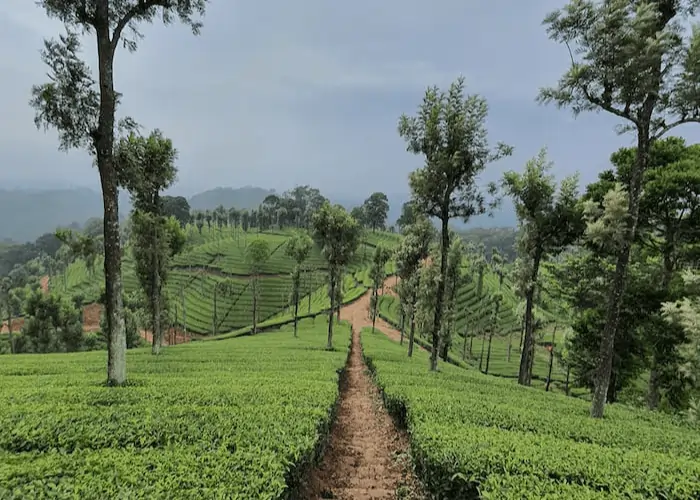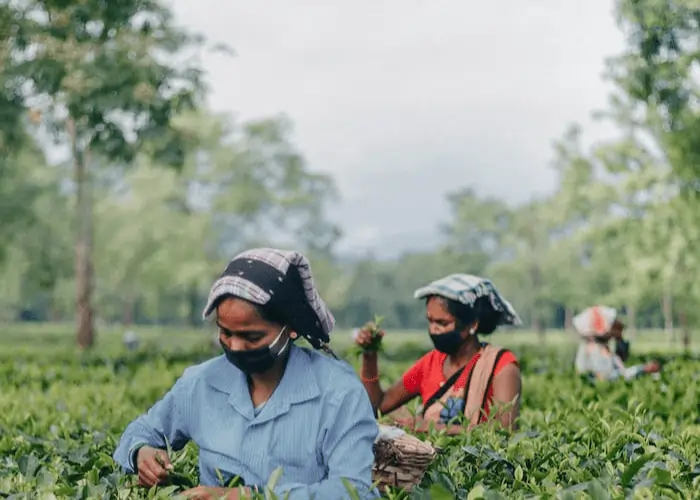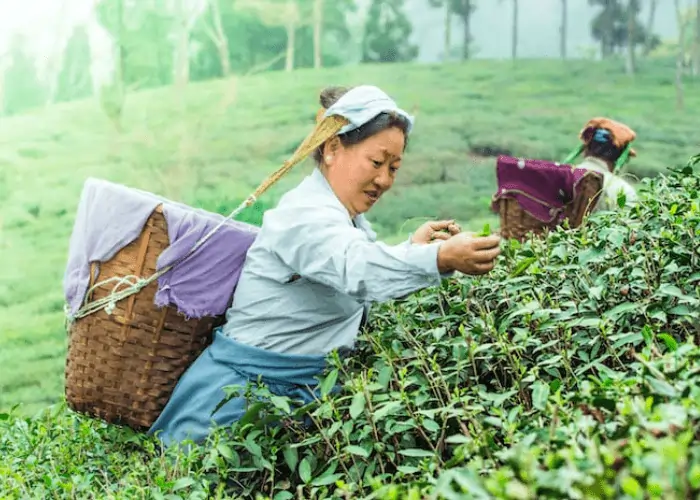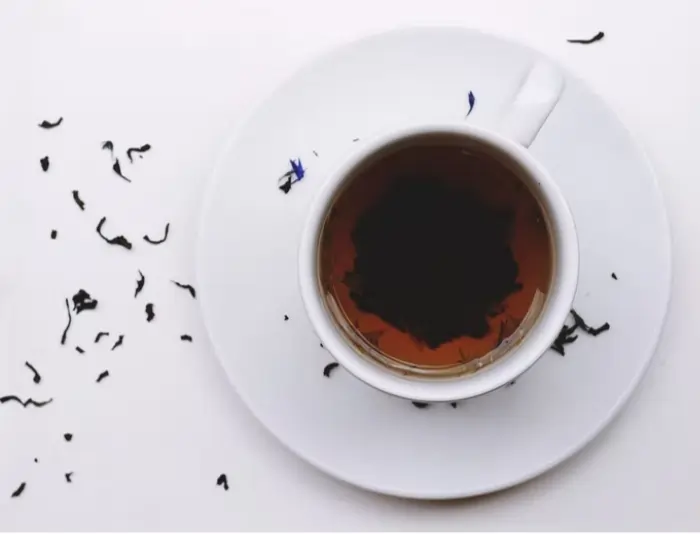The tea grown in the Assam region is known as Assam tea; it is globally famous for its strong and brisk taste.
Assam tea gets its unique taste and flavor due to its laterite soil; laterite soil is very rich in humus and organic matter which is suitable for tea, coffee and cashew plantation. Assam Is a northeastern state of India. Also, the climate of Assam is very suitable for tea plantations.

In Assam, the plantation of tea was started by Britishers. They start it to break the monopoly of China’s tea cultivation.
So let’s know more about Assam tea in detail.
History of Assam tea how and when did tea come to Assam?
Tea comes to Assam during the time of British rule. The story begins when Robert Bruce visits rangpur, notices a tea plant, and decides to bring this plant during his next visit, and makes an arrangement with a Singpho chief. But unfortunately, he died in 1824 before he could come and collect the plants.
Then CA Bruce comes into the story, the brother of Robert Bruce. He was on an assignment to Assam, he collected some tea plants and seeds from the singpho chief, planted the plants in his garden at Hadiya, and sent some to doctor Walliah. Doctor Walia was the superintendent of the botanical garden Kolkata at that time. He identified these leaves belong to the camelia family.

And letter CA Bruce was awarded the medal for the discovery of tea. And in 1834, the governor-general of India of that time appointed a committee to advise on the possibility of commercial tea cultivation.
This is how the tea plant come to Assam, and the plantation of tea starts.
History of Assam tea production and Assam tea company?
Assam tea company is the first tea production company in Assam; it was established in 1839.
Assam tea company is globally famous for its quality produce. There are 16 tea gardens under the Assam tea company, including Hajua. And every tea garden possesses a unique taste and flavor.
Assam tea gardens list under Assam tea company-
- Kondoli tea estate-
It is situated in Karbi hills of Nagaon district and has 1200 hectares of area. Kondoli tea estate is famous for its black teas, both orthodox and CTC. People say Kondoli never fails to produce quality tea.
- Borborooah tea estate –
Borborooah tea estate is situated in Dibrugarh district of Assam. It is a small tea garden with 300 hectares of area. The produce of Borborooah tea estate gives strong liquor tea.
- Thanai tea estate-
Thanai is situated in the tea city of India Dibrugarh. Thani tea estate got its name after an older man called Thani. It is medium size tea garden with 700 hectares of plantation area.
- Rungagora tea estate –
it is located in Dibru. Dibru is a tributary to the mighty Brahmaputra river. Rungagora tea estate is known for its attractive leaf appearance and golden liquor. This Is a fully mature garden.
- Dinjan tea estate –
Situated in Dibrugarh. It is a small size garden with 600 hectares of plantation area. It is famous for its golden cup. At first, Dinjan only produces Orthodox tea, but it also starts CTC production over time.
- Hazelbank tea estate-
It is situated in Dikom, Dibrugarh district. It is a new garden of around 400 hectares that produces premium quality CTC tea.
- Oakland tea estate-
Oakland is famous for its raspberry jam flavor. Only garden in this world which possess raspberry jam flavor in its tea.
- Greenwood tea estate-
produce both orthodox and black tea. They are known for their deep color and strength.
- Mohokutie tea estate-
Mohokutie is a small size tea garden with 600 hectares of area. And the Diraii and Rukong rivers flow through it. In Mohokutie, all plants are clonal with an inherent briskness.
- Kothalgoorie tea estate
- Nudwa tea estate
- Doomur Dullung tea estate
- Maijan tea estate
- Digulturrung tea estate
- Khoomtaie tea estate
- Hajua tea estate
What does Assam tea taste like?
Assam tea has a peculiar taste; you can not find any other tea like Assam in any part of this world.
If you ask me to describe the taste of Assam tea, I will explain it like this -Assam tea possess potent flavors and a brisk taste. It has deep red color and thick body with spicy, nutty, malty and earthy notes.
Assam is divided into two parts, upper Assam and lower Assam and most of the good-quality gardens are situated in the upper regions, Tinsukia and Dibrugarh districts. If we count, we find that these two districts contains 299 gardens of Assam and all are the best quality garden.

If we compare lower Assam’s tea garden with upper Assam, we will find some differences in taste. Lower Assamese tea has a different flavor than upper Assam. They are not as brisk as upper Assam’s tea and the color is also not dark. But still thicker than other tea.
How to make Assam tea?
Let’s make a strong Cup of Assam tea.
Ingredients –
- Assam tea
- Filtered water
Assam tea recipe
- Heat the filtered water when it starts to boil; turn off the flame. (black tea need boiling water at 100 degree Celsius).e
- Measure the tea leaves.2.5 grams of tea leaves (1tea spoon) for every 120 ml of water.
- Infuse it for 5 minutes ( don’t extend the time; it will make your tea bitter).
- After 5 minutes, Strain the tea and separate the tea leaves.
- Add milk and sugar to enhance the flavor and it is ready.

Assam tea recipe
Equipment
- Saucepan
- Strainer
- A cup
Ingredients
- Assam tea
- Water
Instructions
- Heat the filtered water when it starts to boil; turn off the flame. (black tea need boiling water at 100 degree Celsius).
- Measure 2.5 grams of tea leaves (1tea spoon) for every 120 ml of water.
- Infuse it for 5 minutes ( don’t extend the time; it will make your tea bitter).
- After 5 minutes, Strain the tea and separate the tea leaves.
- Add milk and sugar to enhance the flavor and it is ready.



